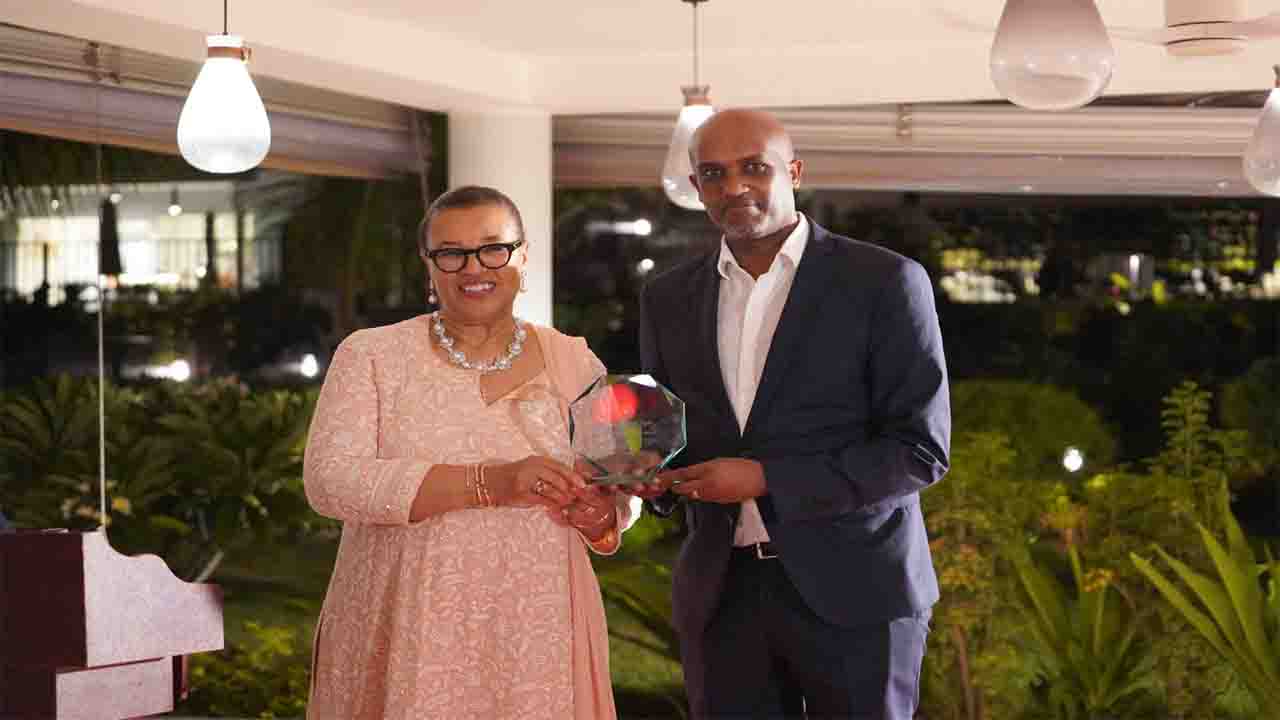England (Commonwealth Union) – Transplant rejection has always been a serious concern for patients seeking an organ transplant, as the immune system often sees the new organ as a foreign object and attacks the organ. The rejection usually comes when organ transplant from a donor faces an antibody mediated rejection (AMR), where antibodies in the recipient may result in their immune systems rejecting and damaging the donor organ. This can result in a loss of the transplanted organ and may even be fatal at times.
The complex nature of forming human experimental models of rejection has resulted in researchers having little chance to analyze therapies that may lower the risk of this devastating complication and to elucidate new mechanisms. However, King’s College London scientists have published a clinically relevant, reproducible, and translational model of AMR utilizing human kidneys and warm machine perfusion technology, which is assumed to be the very first time to be carried out.
The study was authored by post-doctoral researcher and transplant trainee, Pankaj Chandak, along with senior authors, Professors Anthony Dorling and Nizam Mamode, together with colleagues in the School of Immunology & Microbial Sciences at King’s College London, Guy’s and St Thomas’ Trust NHS Foundation Trust and King’s Health Partners.
The connection of a human organ given for research to a avoid machine and circulating warm blood-based solutions via the organ, then deliberately adding antibodies and complement and coagulation factors to the circuit, the scientists may artificially induce and simulate AMR. In so doing they can possibly evaluate transplant rejection mechanisms more precisely and, which is aimed at gathering further insight into the way this condition may possibly be blocked.
In addition to enhancing treatment options for AMR for kidney transplant patients, the authors feel the insights gathered from this procedure and its set up may also be transferable to other solid organ transplants.











